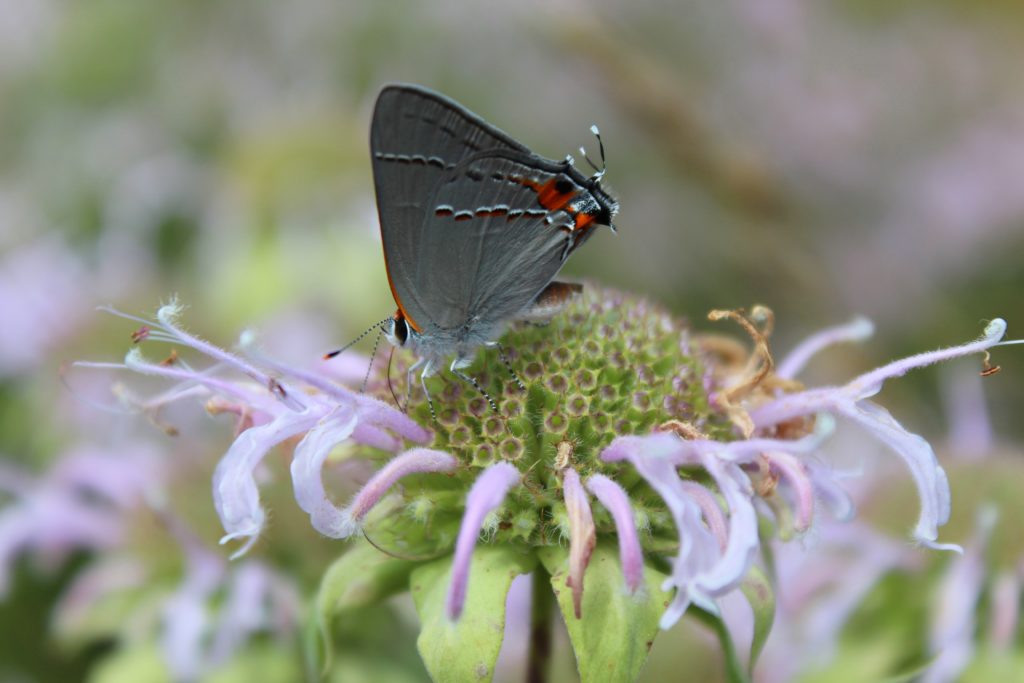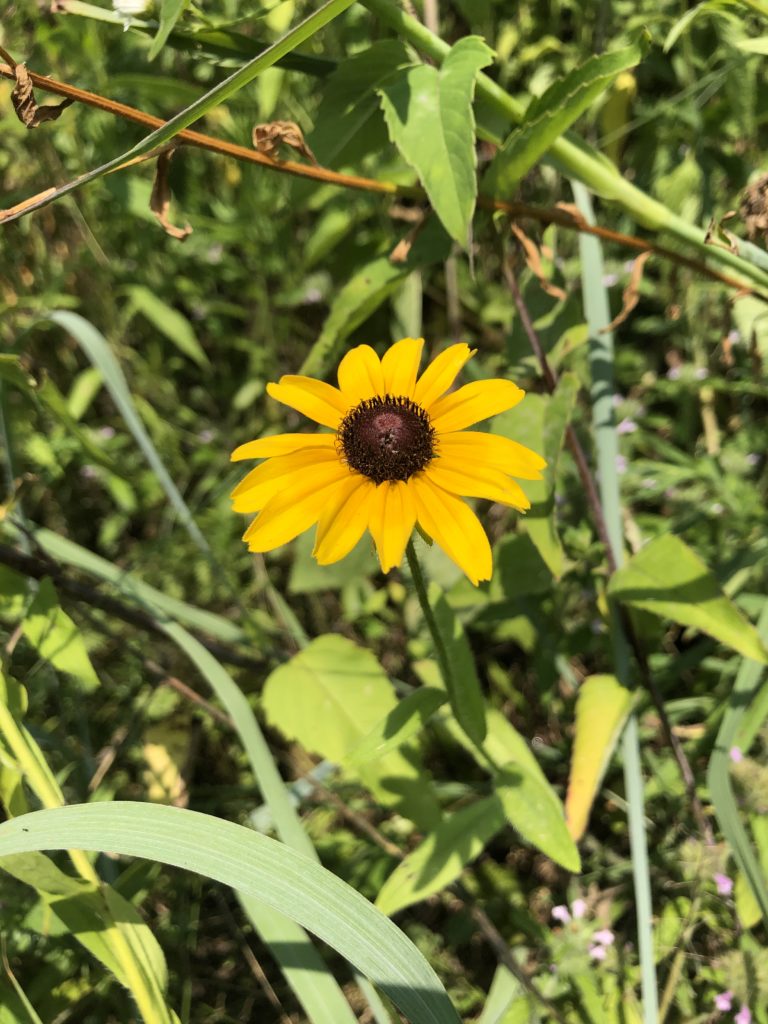July 28, 2020 Horse-nettle (Solanum carolinense), also known as Carolina horse-nettle, is a member of the potato family (Solanaceae). It is a perennial herb native to most of the continental United States. It can be grow anywhere from 1/2 – 3 feet tall and is found in pastures, crop fields, roadsides, and other grassy areas. If you have ever had […]




